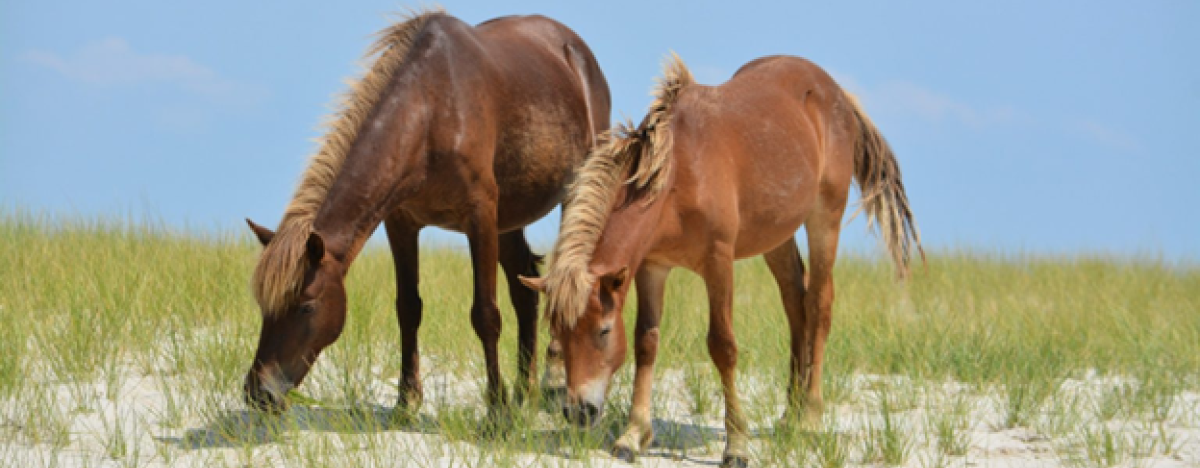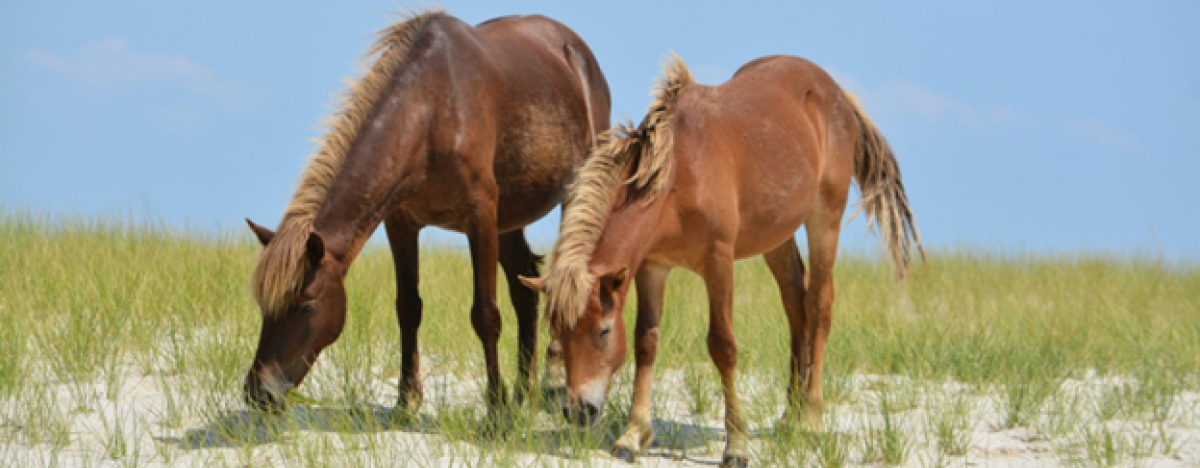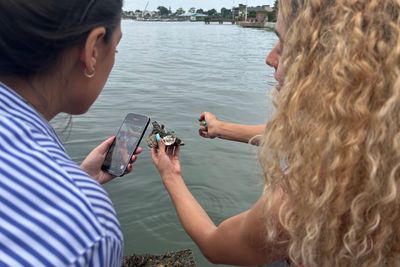Off the coast of Maryland and Virginia, on the island of Assateague, a centuries-old mystery is coming to light. Folklore has it that a shipwrecked Spanish galleon had been carrying a herd of horses that survived by swimming to the shore. The oldest sequenced DNA ever found in the molar of an ancient horse from the Americas, is giving credence to that story. Learn more on NSF's "The Discovery Files."

Wild horses have roamed freely across Assateague, an island off the coast of Maryland and Virginia for hundreds of years. For just as long, there has been much speculation about exactly how they got there in the first place.
Theories have included everything from English colonists having brought them over in the 1600s to popular folklore that those first horses had survived the 16th century shipwreck of a Spanish galleon, then swam to shore.
With support in part from NSF, researchers at the Florida Museum of Natural History may have solved the centuries old mystery with a tooth found over a thousand miles away.
While conducting DNA analysis on cow teeth, found in the archaeological digs of an abandoned Spanish colony in the Caribbean, they were surprised to find among the samples a molar that belonged to an ancient horse.
The specimen led to the oldest ever sequenced DNA of a domesticated horse from the Americas and provides strong evidence that Assateague's wild horses were brought there by Spanish explorers.
The study helps to unravel the complex history of how horses were introduced to the Americas, how their migration led to a rich diversity of wild and domesticated animals. It also provides further insight on the influence of early Spanish explorers on the Mid-Atlantic.
Discover how the U.S. National Science Foundation is advancing research at nsf.gov. And check out NSF's Discovery Files podcasts, available wherever you get podcasts.
"The discovery files" covers projects funded by the government's National Science Foundation. Federally sponsored research -- brought to you, by you! Learn more at nsf.gov or on our podcast.
Credit: National Science Foundation





